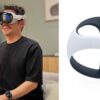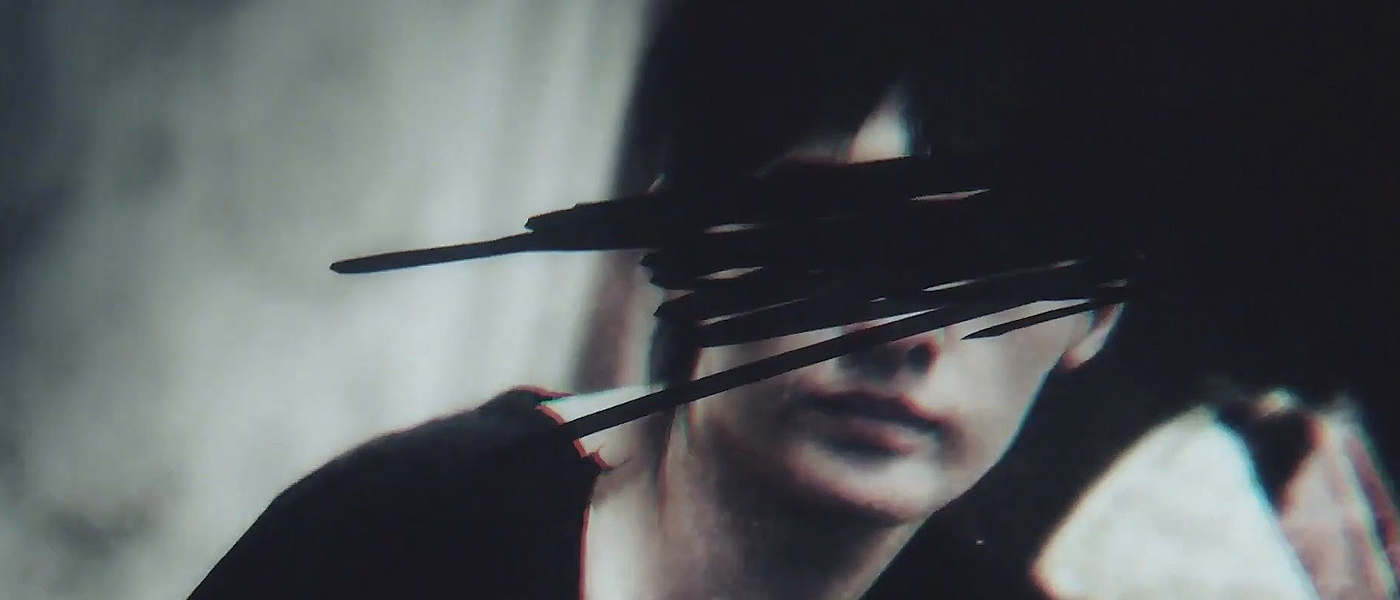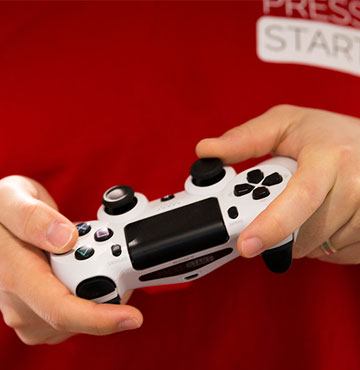I’ve always held the opinion that Resident Evil 7: biohazard could be one of the key projects that could really sing the benefits of virtual reality. Up until now, almost every virtual reality game has lacked the depth and design that traditional games do – instead opting for shorter more vignetted experiences. While not every person who plays Resident Evil 7 will be able to shell out for a Playstation VR, or even a Playstation 4, it seems fitting to comment on how well virtual reality works with the finished, complete Resident Evil 7.
The question I am sure is on everyone’s lips is whether or not the virtual reality mode for Resident Evil 7 feels tacked on. The answer is a resounding “NO”.
When I first wrote about Resident Evil 7 and how it plays in VR, I was almost certain that there was no other way I wanted to play the game. Having run through the game twice now, once entirely in VR, I still hold the opinion that virtual reality is a great way to experience the game as your first or even subsequent play through. But there’s a little bit more to it than that. The experience that virtual reality provides Resident Evil 7: biohazard is a unique one, and one that enhances the scares and the tension. But it comes with a few caveats. The first and most obvious change is the way that Ethan is controlled in the game when using Playstation VR. Presumably in a way to alleviate any motion sickness that free-looking could possibly induce, players can rotate their character in degree increments. It’s a bit jarring at first and seems quite restrictive, but during more intense moments I could quickly flick the stick multiple times to orient myself where I needed to be and quickly. Aiming is also done with head movements, which felt surprisingly intuitive and sometimes easier than aiming with sticks as per normal.
The first and most obvious change is the way that Ethan is controlled in the game when using Playstation VR. Presumably in a way to alleviate any motion sickness that free-looking could possibly induce, players can rotate their character in degree increments. It’s a bit jarring at first and seems quite restrictive, but during more intense moments I could quickly flick the stick multiple times to orient myself where I needed to be and quickly. Aiming is also done with head movements, which felt surprisingly intuitive and sometimes easier than aiming with sticks as per normal.
Controlling Ethan in such a different manner would leave most players wondering if such an experience would induce motion sickness. While my own personal experiences have never resulted in motion sickness (barring RIGS, which put me out of action for three hours) the entirety of Resident Evil 7 never once gave me a spot of motion sickness. And I was playing in three to four hour bursts at a time. For those who are a bit more sensitive to these things, there are a slew of options to customise and change to get things just right and attuned to your own preferences.
The second difference is that the game looks slightly different when you’re playing it in VR Mode. The field of view and lighting are notably different when playing the game in VR. While I didn’t notice this at first, switching between them more consistently made me realise just how different the game looks. Rooms appear smaller, lighting behaves completely differently (and is less complex) and some foliage and mould in the environment would be less propagated. It didn’t make sense to me at first, but it’s clearly a combination of factors at play here – the game is scaling itself back to still be playable in VR. But even better, you feel a greater sense of presence in each room as it’s proportioned for you to be inside the room rather than seeing it through someone else’s eyes. Differences in field of view – the image on the left is from a PS4, the image from the right is from VR Mode
Differences in field of view – the image on the left is from a PS4, the image from the right is from VR Mode
While all these differences are interesting to note, it’s more important to talk about just how virtual reality improves the Resident Evil experience. From the moment you put the headset on, it’s hard not to feel like you’re actually there in Dulvey, Louisiana exploring the plantation. Every scare, every jump is suddenly more in your face, more inescapable. The easiest and simplest way to talk about the benefits of VR is quite simple. Scenes I didn’t otherwise find creepy or tense on my television, I found creepy and tense while inside my VR headset. This is huge for me personally as I usually breeze through most horror games without any issues or without any fears. Resident Evil 7 emotionally exhausted me in VR, which is a great feeling, as strange as that sounds, as so little horror games manage to do that to me these days.
But the glaring thing we must talk about is how the game look on a television when compared to playing it in VR. When I spoke about Resident Evil 7 and my experiences with the EB Expo Lantern demo, I said that there was no discernible difference once you were inside the game. That the experience trumped the technical shortcomings. This is still partially true – but one thing has changed since then – and that’s the hardware I’m playing the game on. Those who follow me on social media will know that I’ve recently bought a 4K OLED TV (purely for the perfect blacks I’m so used to seeing in horror games), as well as a Playstation Pro. Resident Evil 7 looks absolutely phenomenal on the Playstation Pro. Not only does the game checkerboard render at a higher resolution than 1080p, but it also features some of the best implementation of high dynamic range that I’ve seen. What this means is that while the image quality is bewildering, that the gap between the resolution on my television and what I see inside the VR headset has widened considerably.
Those who follow me on social media will know that I’ve recently bought a 4K OLED TV (purely for the perfect blacks I’m so used to seeing in horror games), as well as a Playstation Pro. Resident Evil 7 looks absolutely phenomenal on the Playstation Pro. Not only does the game checkerboard render at a higher resolution than 1080p, but it also features some of the best implementation of high dynamic range that I’ve seen. What this means is that while the image quality is bewildering, that the gap between the resolution on my television and what I see inside the VR headset has widened considerably.
Herein lies the big dilemma with Resident Evil 7, and whether you should play it in virtual reality or on television. Virtual reality provides a unique experience that many other games have yet to even touch upon – and that’s an increased intensity to the tension and scares that Resident Evil 7 works so hard to build.
So if you’re stuck like I was and not really sure whether to play through the game in virtual reality first or on your television, I heartily recommend virtual reality. The scares and the tension are much more powerful on your first time through, and the improved graphics that the Playstation Pro or your television will always be there for you on a repeat play through on Madhouse Mode or future downloadable content. Playstation VR works very well and it feels like the best way to play. We dare you to.



